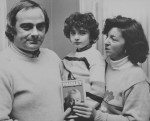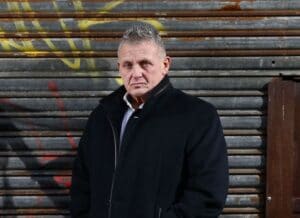Dear Friends & Followers,
Ed’s family will be holding a memorial to celebrate Ed’s life and work; the event will be the afternoon of Sunday, November 16th in NYC. All friends and colleagues of Ed’s are welcome to attend and to say a few words – or just enjoy a drink in his memory. Please go to http://www.eventcreate.com/e/ed-moloney, if you would like to join us. RSVP prior to November 7th.
Warmest,
Joan & Ciarán




You must be logged in to post a comment.